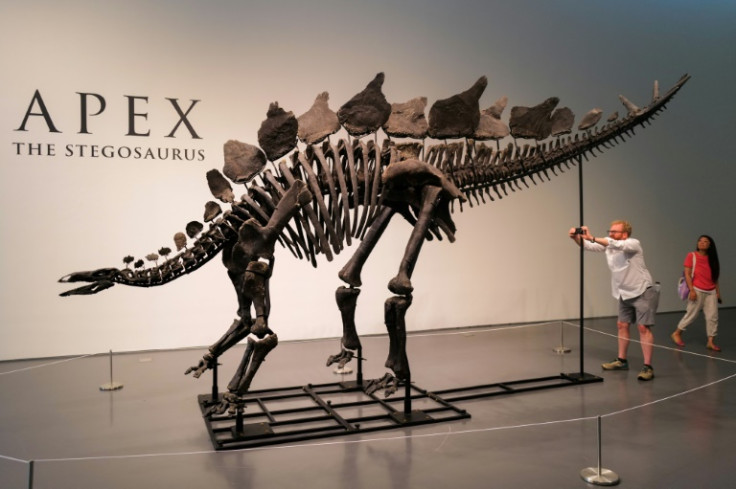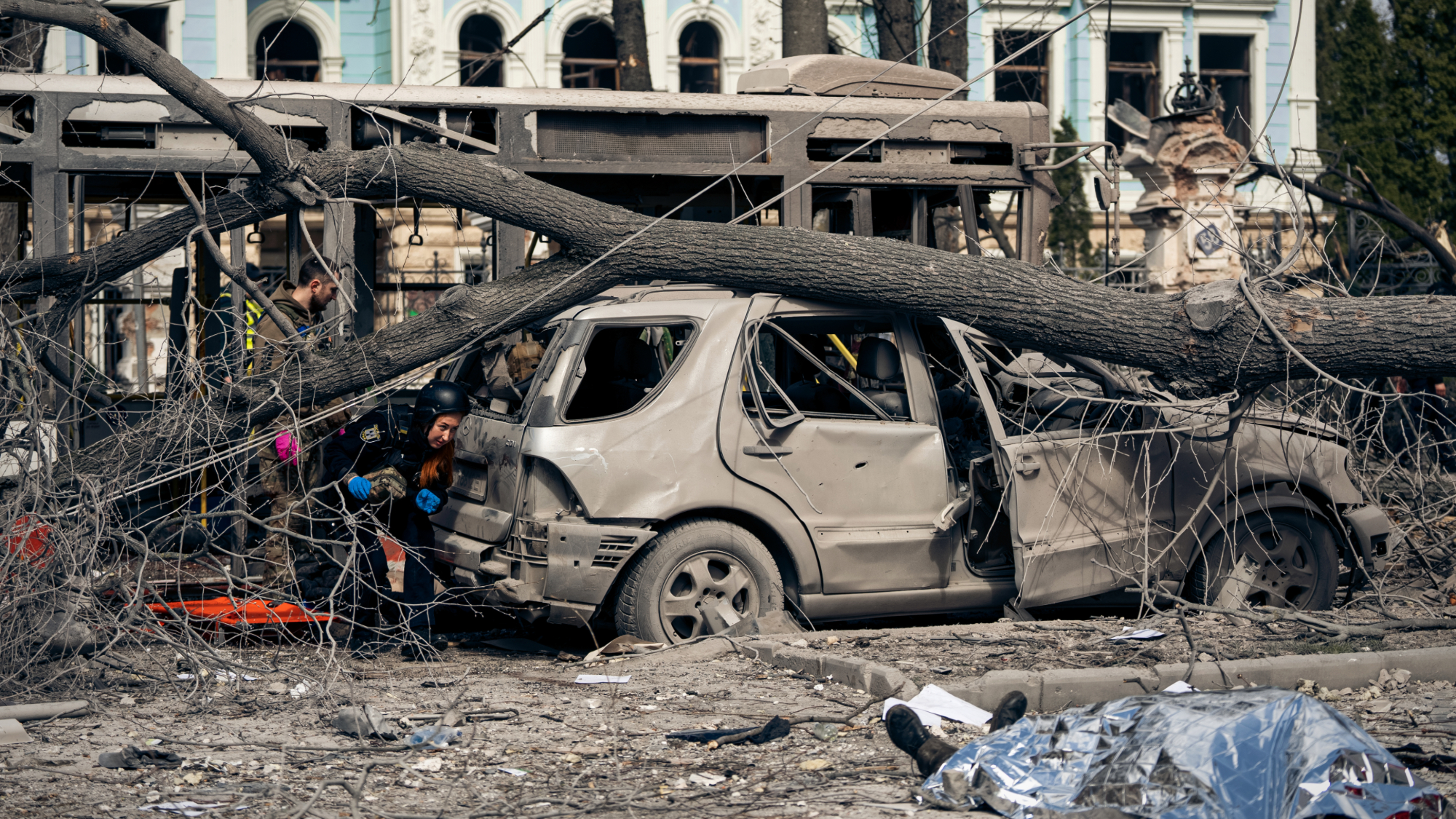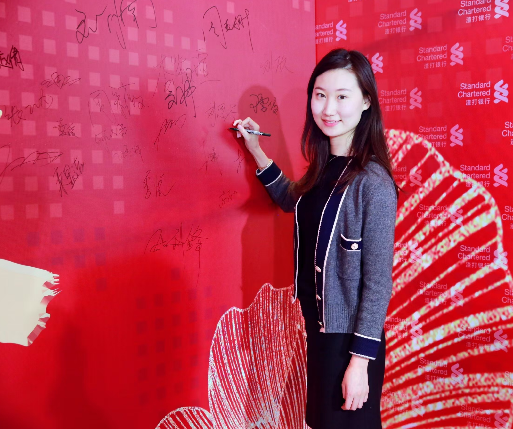Editor’s Note: Schools across the country constantly grapple with how to keep students safe. PBS NewsHour’s Student Reporting Labs program asked student reporters to document how their communities approach school safety. Heather Jancoski, a teacher in the program, describes her students’ efforts to make sense of safety procedures and the need for clear communication in all school districts.
The reverse lockdown announcement came over the speaker.
I checked the hallway and swept in anyone I saw. I locked my outer door. I locked my two inner doors. I shut off the lights and covered my windows with black paper.
I asked my students to turn off their electronics, move away from the windows and wait. Wait quietly.
Then, the announcement came that we should release students to a staff member who would escort them off campus. The principal came with security and escorted the students out to safety.
I have always taken lockdown drills seriously. During the first weeks of a new semester, we discuss with students how to handle drills and where to go. But since this drill happened so early in the school year, a lot of students did not follow procedure. Some went to locations on campus where they thought they could seek refuge, which left them vulnerable. It was clear we needed to make procedures more clear.
The drill raised many questions. Why do we go to certain locations for safety on campus? Where is really the safest place to be? Students asked me: how did I, as a teacher, feel during the lockdown?
We decided to cover the issue for our weekly student news show and when the administration heard our plan, they asked us to create a tutorial for the entire school.
As we began to dig through our district’s information on safety drills, we realized how little we knew and how many questions we actually had. For example, we had always left our belongings at our desk during drills, but the procedures actually recommended that you take your belongings with you. But would that really be safe?
We also ran into a vocabulary issue. Our school’s drills are called “shelter in place,” “fire drill,” “reverse lockdown” and “lockdown,” all terms that upperclassmen knew well but that freshmen did not necessarily learn in middle school. How could we give students a general approach to these drills so they understand what to do? And if we visited another school for a conference or sports competition, would we know what to do if they had a drill?
Moreover, we found that very few schools put their procedures online. This is undoubtedly due to safety concerns, but complicated our challenge of determining what information should be presented in the tutorial.
I’ve come to believe that we need a general vocabulary across schools — not only in the valley or the state of Arizona, but the whole U.S. — so that students have a universal understanding of what to do if an emergency occurs.
The experience taught me how many “what ifs” schools deal with when it comes to safety. We can never prepare enough for actual emergency on our campus, but addressing these inconsistencies and language is a good start.
Heather Jancoski teaches broadcast journalism at South Mountain High School in Phoenix, Arizona. Her story is part of the Student Reporting Labs school safety series “The New Safe.”
Popular News




Current News
Manufacturing

Collaboratively administrate empowered markets via plug-and-play networks. Dynamically procrastinate B2C users after installed base benefits. Dramatically visualize customer directed convergence without
Collaboratively administrate empowered markets via plug-and-play networks. Dynamically procrastinate B2C users after installed base benefits. Dramatically visualize customer directed convergence without revolutionary ROI.





About Us
Tech Photos

























